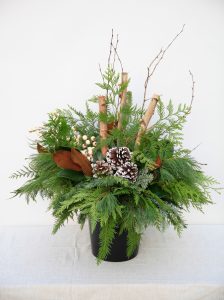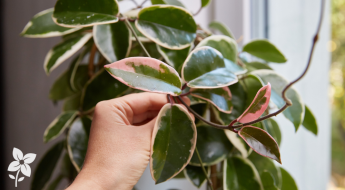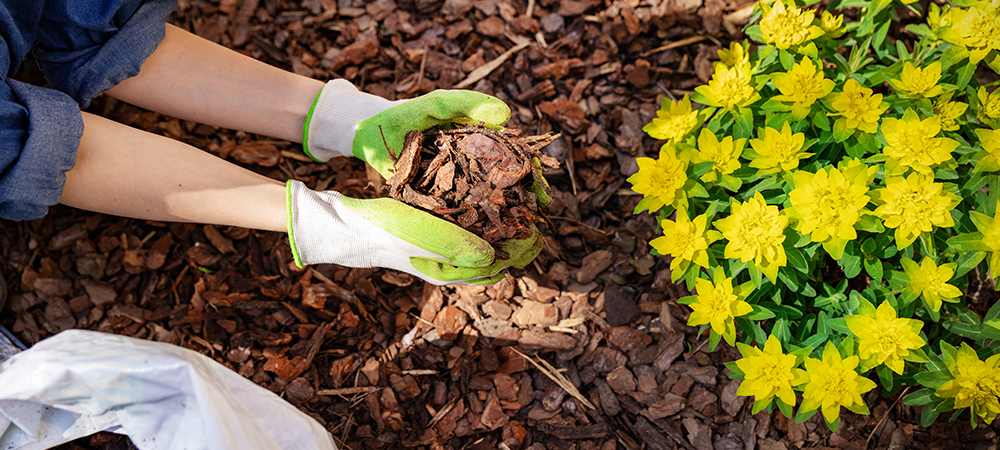
Well folks, it’s October. The province has seen its first taste of snow for the year, and the Halloween candy aisles are dwarfing the produce aisles in every grocery story. While the city of Edmonton packs in the patio furniture, it’s time for us to prepare our gardens for the ever-looming freeze. For tender perennials, that requires a little extra TLC.
What are Tender Perennials?
A tender perennial is a plant that has the ability to survive the winter, but not on its own. Edmonton sits squarely in zone 3 which, as any local knows, doesn’t exactly make for a balmy winter. Tender perennials are your zone 4 perennials””those that would be positively cushy in Southern Ontario, but around here need to get bundled up like a Brazilian exchange student.
In these parts, tender perennials include the likes of some exotic daylily cultivars, cedars, and tea roses.
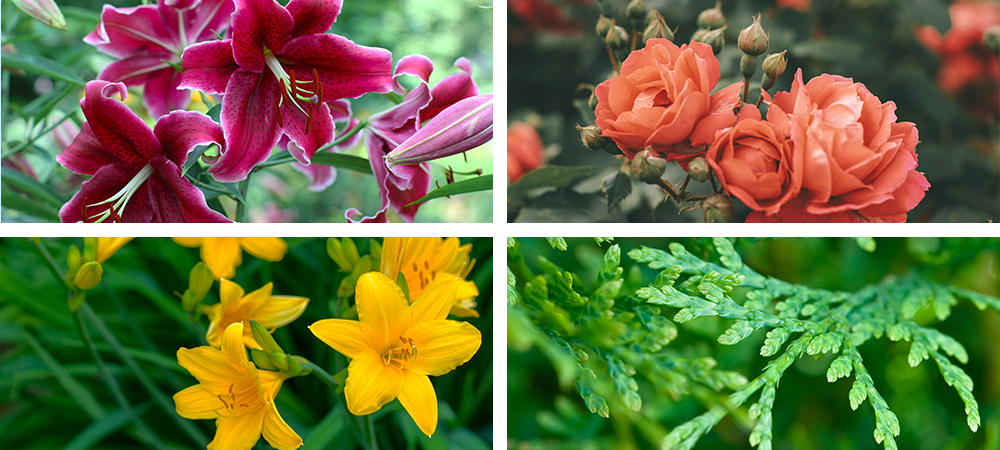
Getting Your Tender Perennials Ready for Winter
As it goes with all fall perennial care, water is the key ingredient to successful overwintering. Make sure to offer tender perennials plenty of water in the days leading up to the freeze. Ideally, the roots should be well frozen in ice, which makes a remarkably good insulator.
Lay a 2-4″ layer of mulch around the base of all perennials, including hardier varieties. Wood mulch, bark mulch, and straw are all good options. Shale and stone tend to draw out moisture as they absorb the sun’s warmth, and yard debris, while nourishing to the soil, is a common habitat for vermin.
Delicate shrubs can benefit from winter clothes. Wrap the trunk of rabbit-prone shrubs and trees with tree wrap, and use a windbreak to protect trees and shrubs that are overexposed to the wind. For rose bushes, you can use styrene cones or plastic cylinders to protect them from the elements.
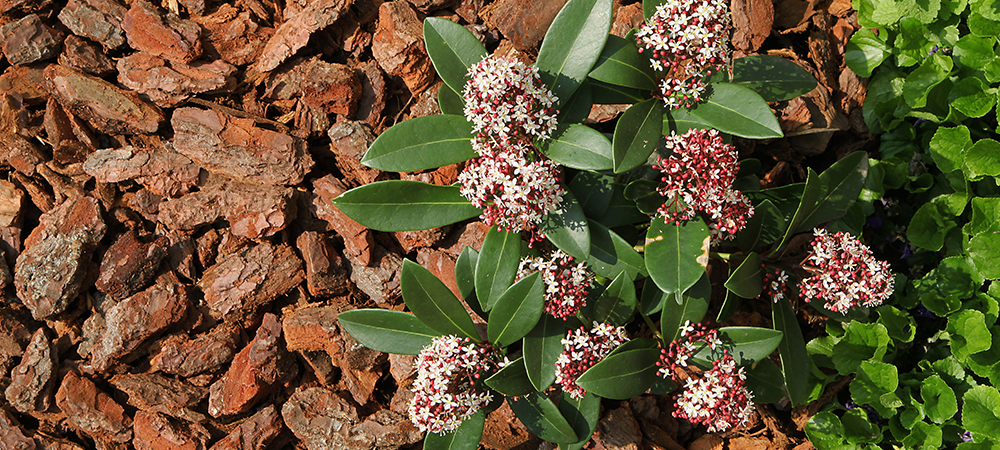
Dividing Tender Perennials
As part of your routine tender perennial care in fall, you may also want to take the opportunity to divide plants that are looking a little disheveled. Older perennials tend to exhibit a “doughnut effect” where the plant tissue over the centre of the root ball is looking a little sad while the tissue around it is flourishing. This is a good sign that the plant could use splitting up.
The best time to divide perennials is right now, when the evening is noticeably chilly and the soil is warmer than the air. Start by digging around the drip line””that’s the perimeter of the plant where water would land when it drips off the leaves””and dig out the root ball carefully. Dig around the roots curving inward, as if you’ll be leaving a cereal-bowl shaped hole in the ground.
Once you get the root ball out, examine the roots. It should be pretty obvious which roots look healthy and which don’t. Remove the rotten stuff””don’t worry, the plant is dormant by now””and with a sharp, disinfected knife, cut through the crown to divide the root ball in half without slicing all the way through it. Then, gently separate the two halves. The idea is to only cut where you have to and try to untangle the rest as well as you can. If you find yourself pulling roots apart, use the knife to cut them.
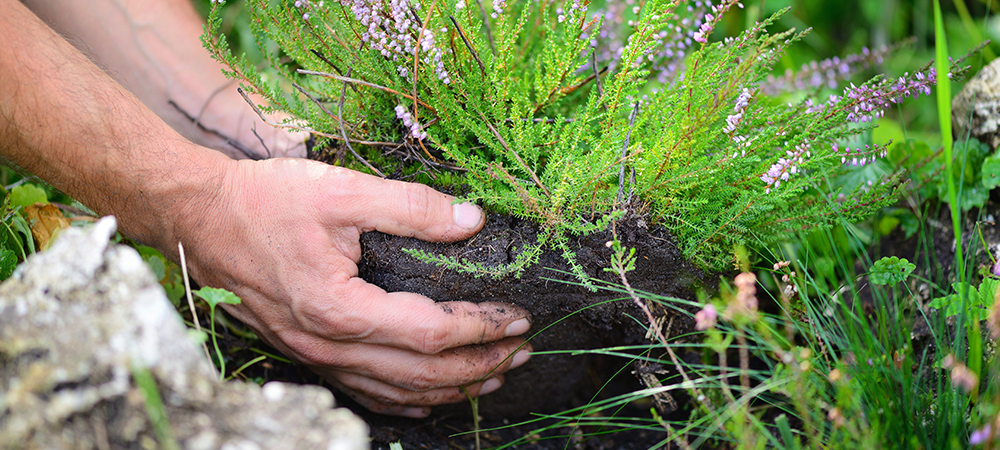
Now, do it again with both sides. Ideally your single root ball should end up as four equal-sized root balls. Plant them immediately in holes enriched with compost. If the soil is clay-heavy, make the hole a little wider and mix in some peat moss.
And that’s really about it! Tender perennial care is really nothing to stress about, it just involves taking a little time to baby your more delicate garden residents. If you’re in the Edmonton area, you can pick up all these supplies at our garden centre in Sherwood Park. Hope to see you before the snow!



